The United States Geological Survey (USGS) released satellite images earlier this month that exposed the severity of widespread droughts in Mexico.
These images speak to the struggles that Mexican residents are going through as a combination of high temperatures, low precipitation, and water management policies have caused many hardships.
Bustillos Lagoon
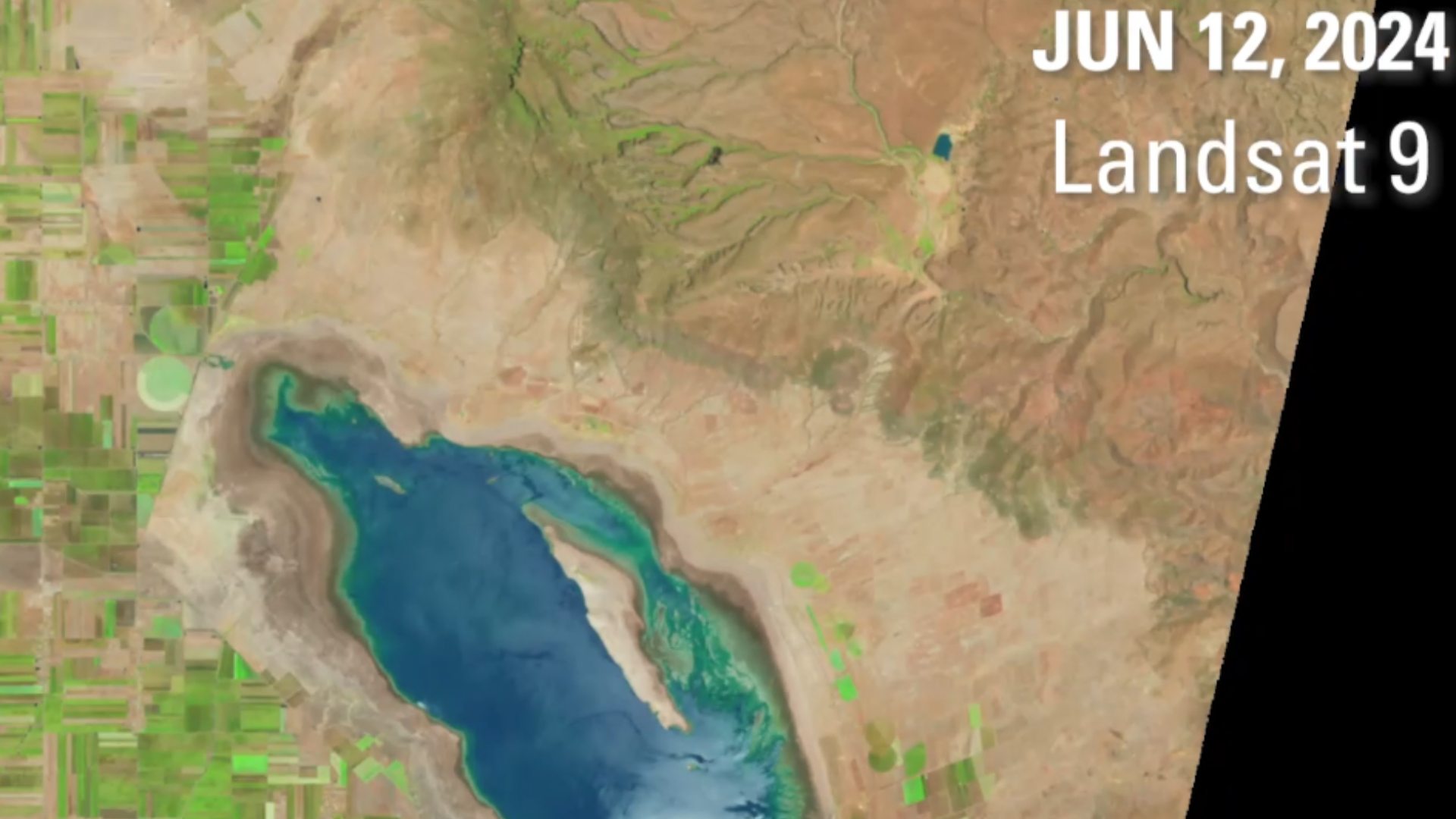
One of the striking images captured by USGS satellites was the declining capacity of Bustillos Lagoon in Chihuahua, Mexico, the country’s largest state.
A timelapse of the area between January and June of this year revealed the lagoon was holding only 50% of its typical capacity.
Fish Affected
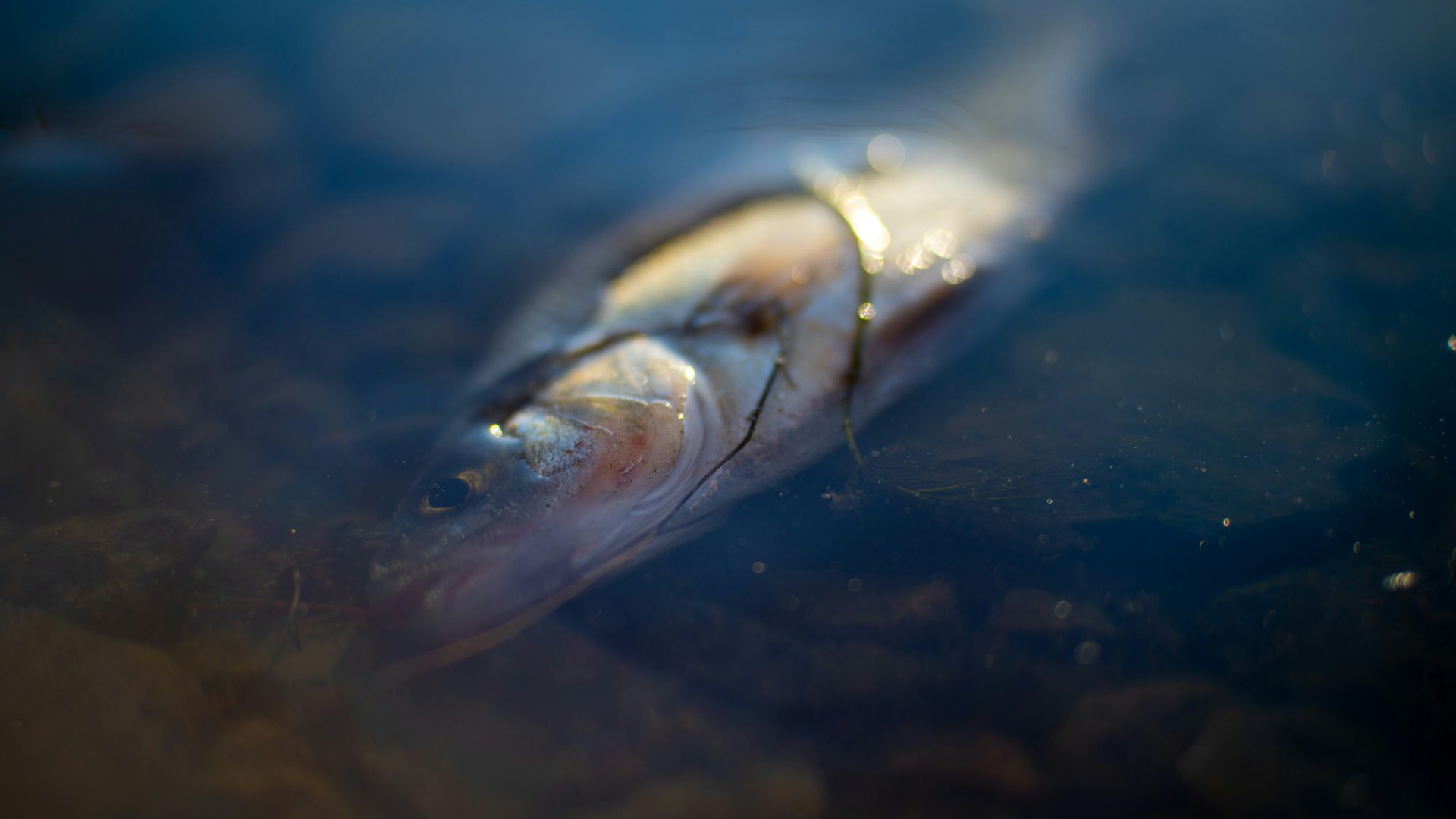
Experts have cited the low water levels for recent problems that have resulted in the death of thousands of fish in the lagoon. This event has presented a public health problem as authorities hurry to prevent the rapid decomposition of so many dead fish that spread disease through the attraction of insects.
“What we need is support, especially with the potential we have for a health issue,” said Saul Sausameda, president of the Anahuac community in Chihuahua, Mexico.
Affecting Species
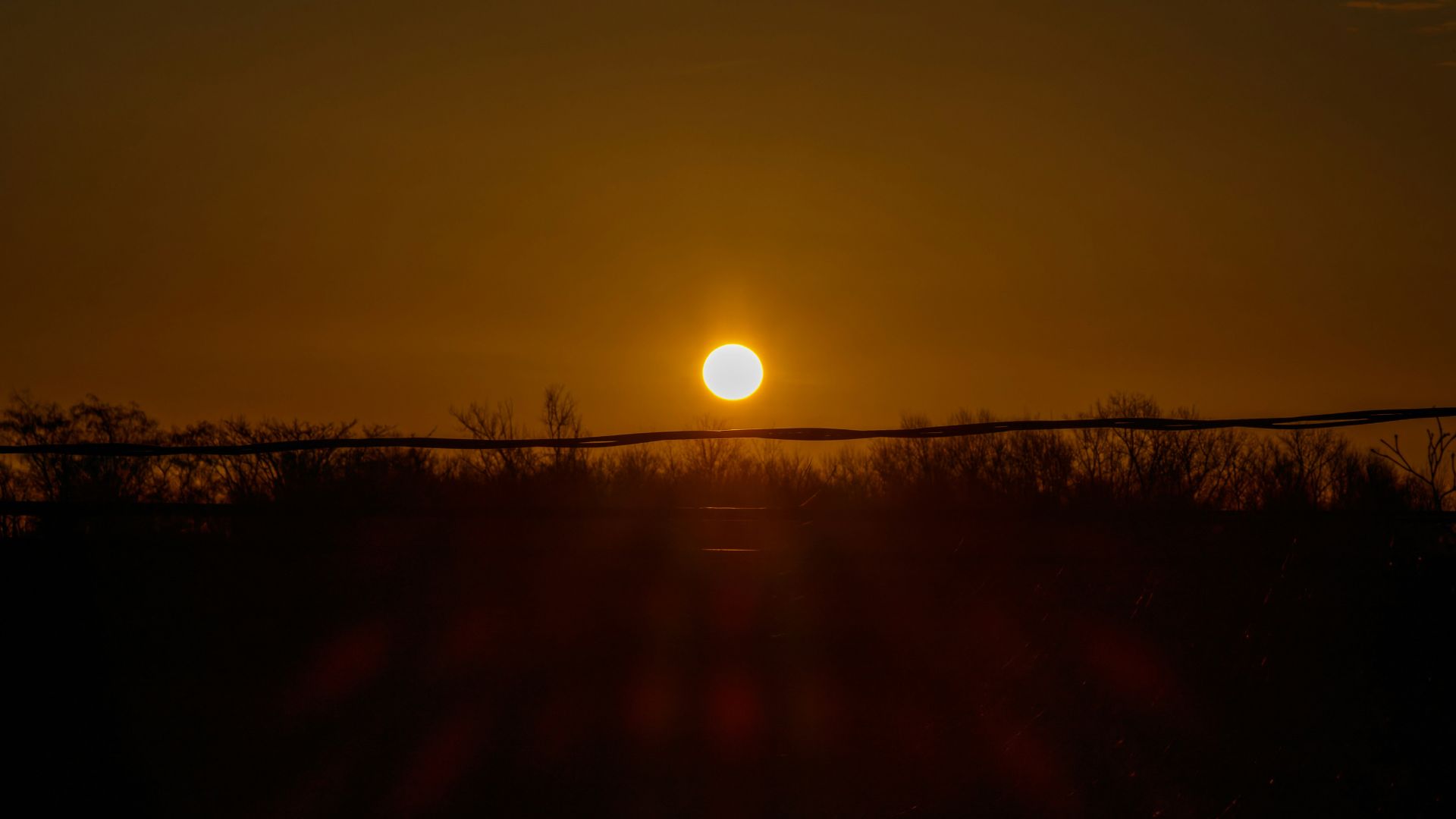
Irma de la Pena, head of the Ecology Department in the city of Cuauhtemoc, told CNN in June that the extreme levels of dry beds in the lagoon were hit hard by rising temperatures.
“When the amount of water decreases, the pollutants become more concentrated and therefore they also affect the species that live here,” De la Pena said.
Hard for Farmers
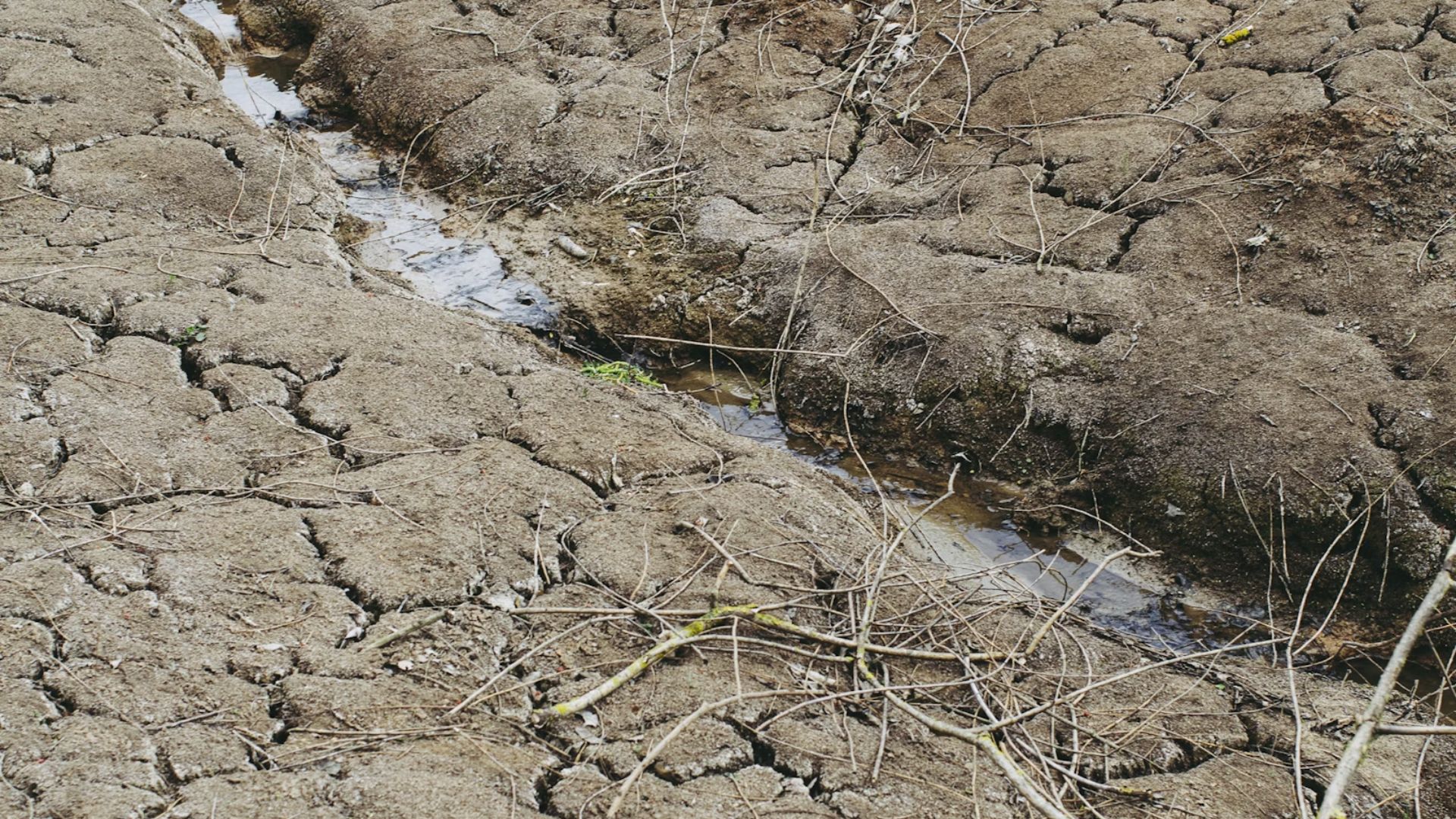
Mexican farmers who rely on water for livestock and agriculture have been exasperated by the intense heat and prolonged drought, with some deciding to pack up and move.
“It’s very abandoned because since it doesn’t rain … they no longer dare to continue living here,” said Jesus Maria Palacios, a raiser of livestock in Cuauhtemoc.
Mexican Droughts
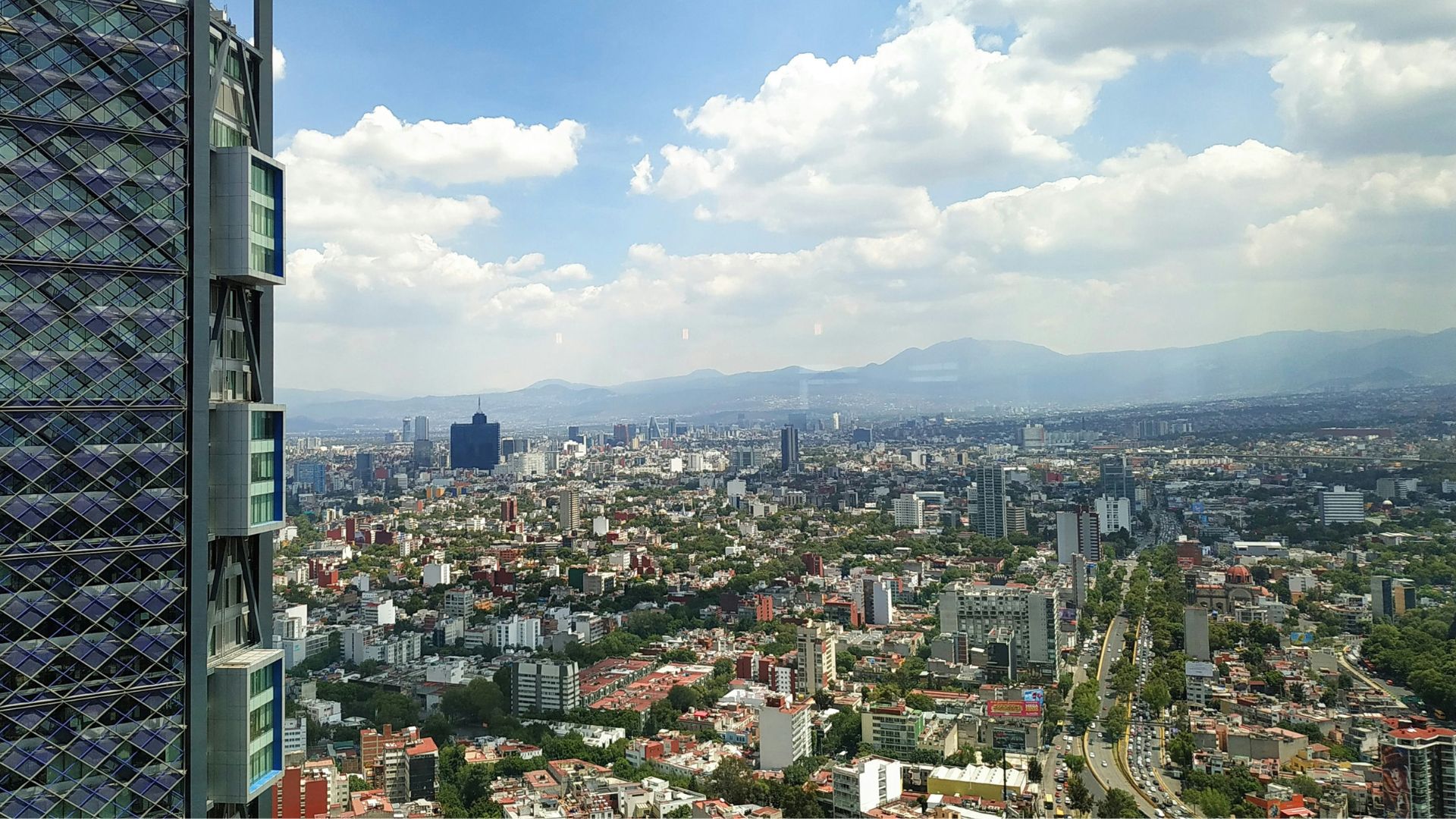
Experts have been calling the current run of droughts this year in Mexico some of the worst in over a decade.
Back in May, citizens of Mexico City prepared for “Day Zero” where reports were counting down the days until local residents would run out of drinking water.
Day Zero Avoided
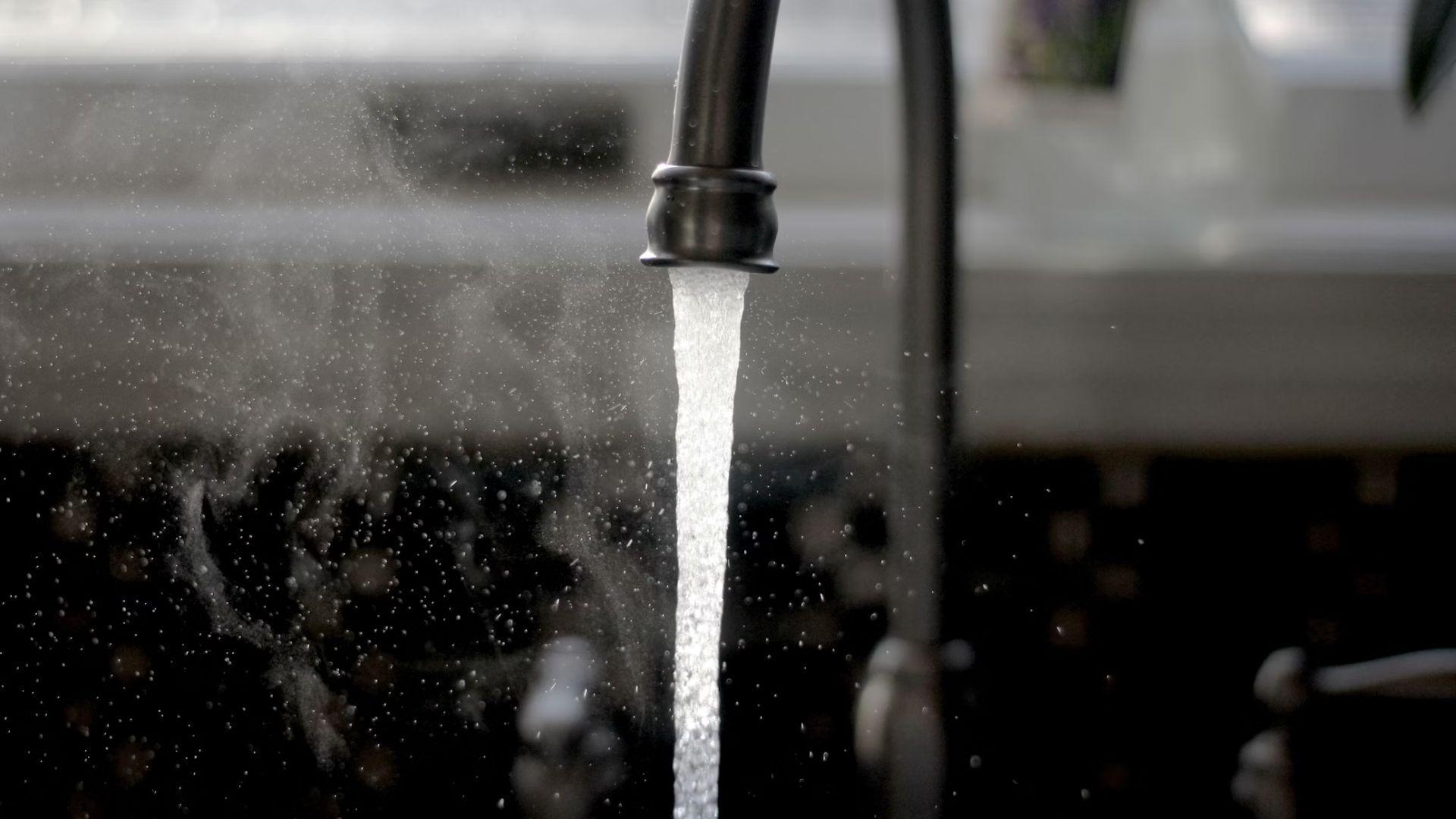
Thankfully, media reports predicting the start of “Day Zero” on June 26 ended up not coming to pass as officials implemented emergency efforts like digging water wells and putting more restrictions on water consumption.
The month of June also provided some much-needed rain to help somewhat replenish to Cutzamala system that supplies Mexico City with around 25% of its water supply.
What is Causing the Droughts?
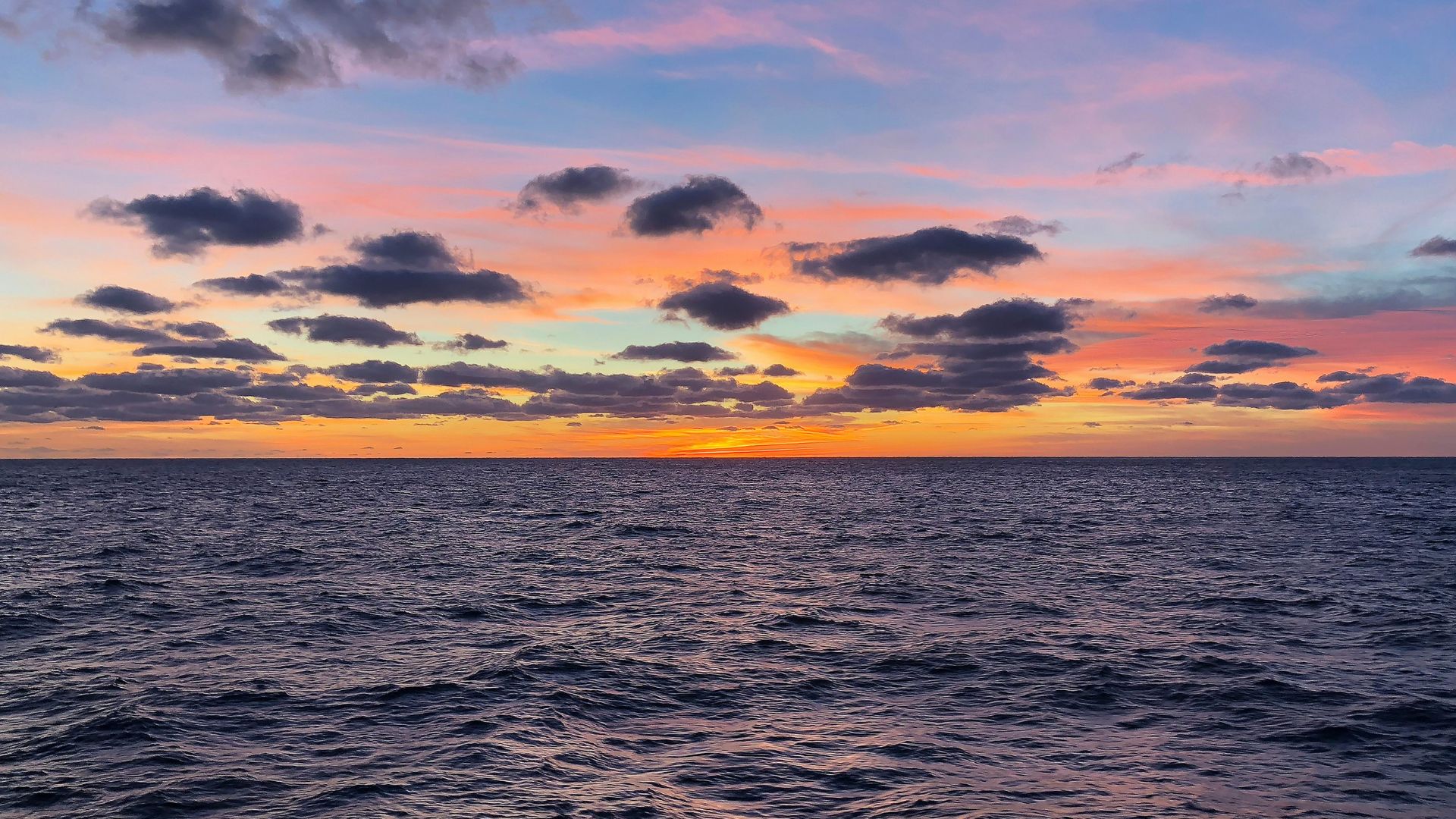
According to the National Oceanic and Atmospheric Administration (NOAA), the current drought is being driven by low amounts of precipitation that started in the winter of last year.
This low precipitation in Mexico was exasperated by the effects of El Niño, which is a climate surface pattern that pushes water away from South America.
Tough Conditions
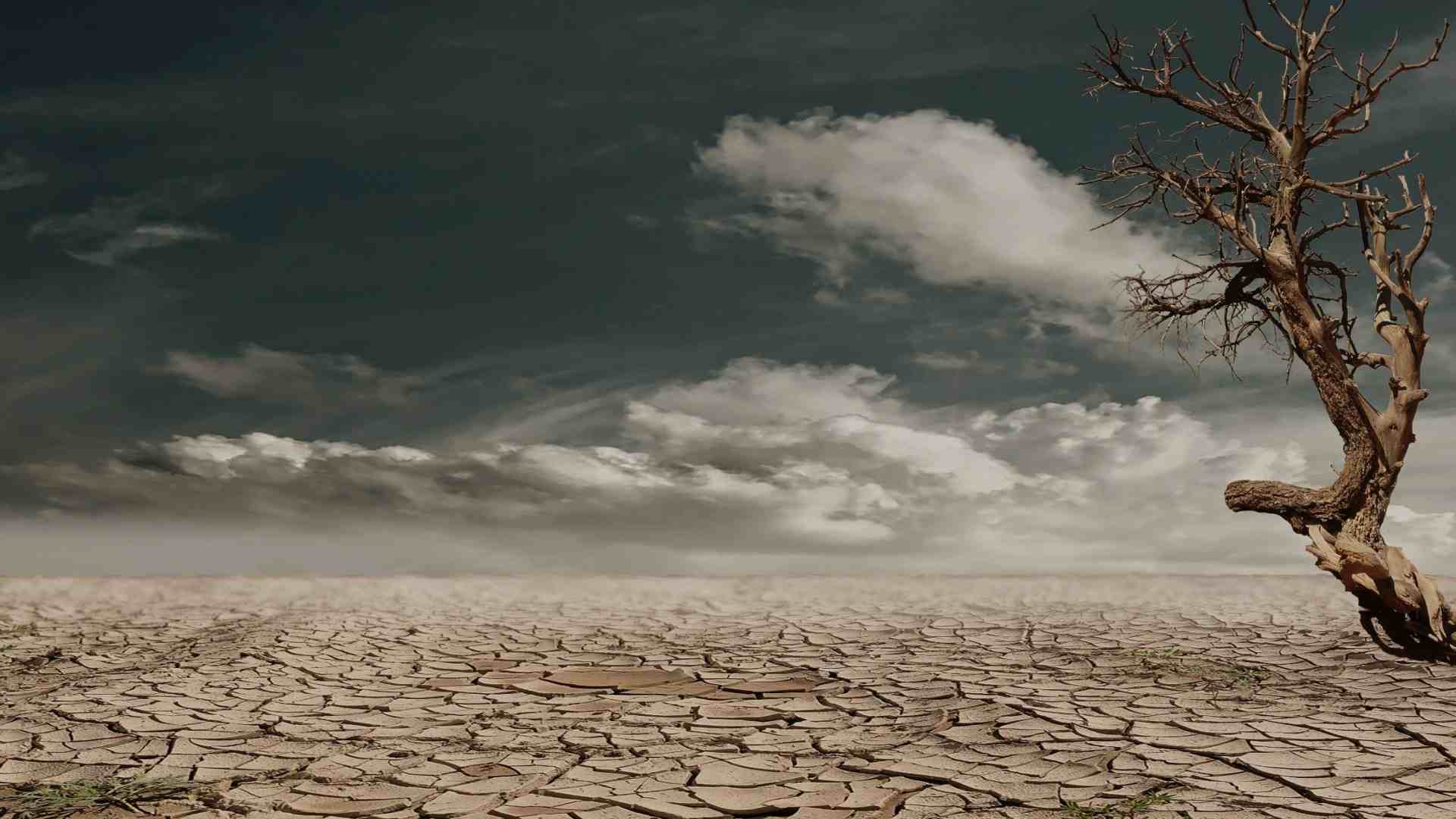
According to the North American Drought Monitor (NADM), nearly 76% of the entire country of Mexico experienced a drought by the end of May of this year.
“This is the most widespread drought Mexico has experienced since June 30, 2011, when just over 85 percent of the country was affected,” said a July article posted on Climate.gov.
Global Warming’s Blame
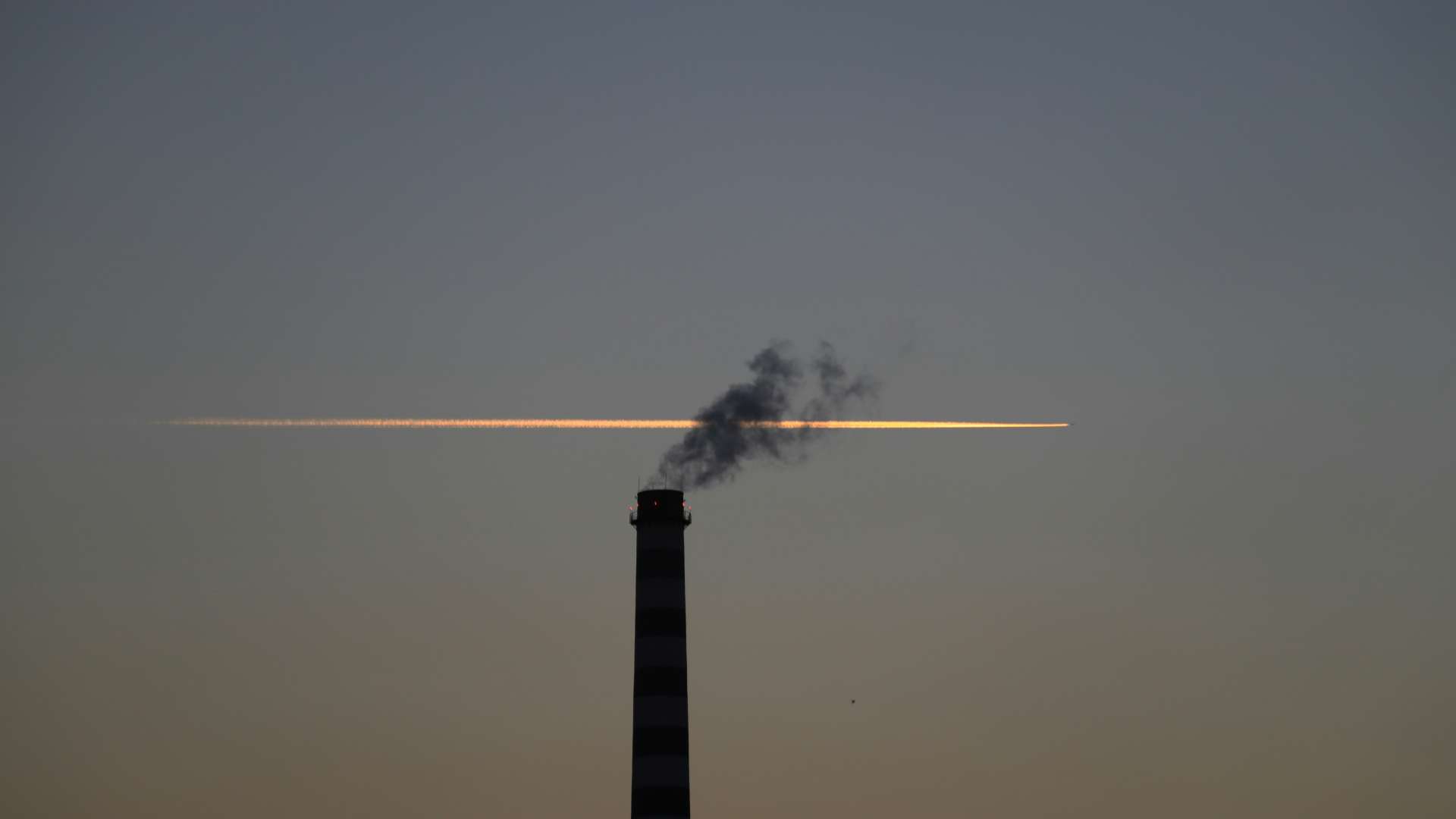
Experts are placing some of the blame for the current conditions in Mexico on global warming. As temperatures continue to rise, the consequences of low precipitation over a sustained period are more harshly felt by residents.
“With every degree of global warming, the hydrological cycle will also intensify leading to more water crises,” Aditi Mukherji, director of the Climate Change Adaptation and Mitigation Impact Action Platform of the CGIAR, told Business Insider.
Water Management is Key

Mukherji emphasized that while climate change is a large factor, the biggest factor that was putting pressure on Mexico City was its water management policy.
“It’s not so much about the absolute quantity of the water per se, but it’s about how the available water is distributed,” said Mukherji. “Water scarcity at the end of the day boils down to issues of policies and governance.”
Turning Off Taps

Day Zero has been avoided for now, but conditions in Mexico City have not left the danger zone. Officials may have to implement harsher controls to keep the water flowing for residents as time goes on.
“Even a short-term drought puts these places in danger of running out of water and sometimes prompts governments to shut off the taps,” Liz Saccoccia, a water scarcity associate with WRI, told Business Insider via email.
